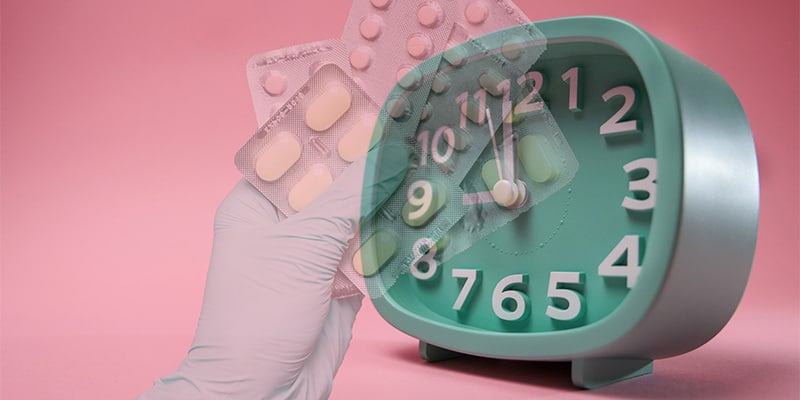Where are the next generation of antibiotics going to come from? Clare Sansom looks at the pipeline
The threat of antibiotic resistance is big news. Few people will have failed to notice headlines in recent years warning of a potential ‘antibiotic apocalypse’ that would render most modern medical techniques impossible, or at least fraught with danger. And this is not just media hype: it seems that the more people know about this issue, the more worrying they find it. Already, drug-resistant bacterial infections kill 700,000 people every year, over 90% of them in low and middle-income countries, and authoritative sources suggest that this figure may rise to 10 million by 2050, more than cancer kills today.
Antibiotic resistance has been known about almost since the dawn of the antibiotic era. As early as 1945, Alexander Fleming, the discoverer of penicillin, recognised that the drug’s over-use could lead to bacteria developing resistance. ‘In such cases, the thoughtless person playing with penicillin is morally responsible for the death of the man who finally succumbs to infection’ he told the New York Times. Sally Davies, England’s Chief Medical Officer since 2010, is one of the issue’s most powerful current advocates. Her voice was one of those that called on UK Prime Minister David Cameron to commission a wide-ranging review of the issue in 2014. That review, chaired by the economist Jim O’Neill and published two years later, set out 10 specific steps to reduce the threat. Many countries now have ambitious plans for action, and the issue has been discussed in the United Nations at the highest level. Yet Davies is still not satisfied: ‘We need to up the ante,’ she says.
Author: Clare Sansom, Chemistry world

